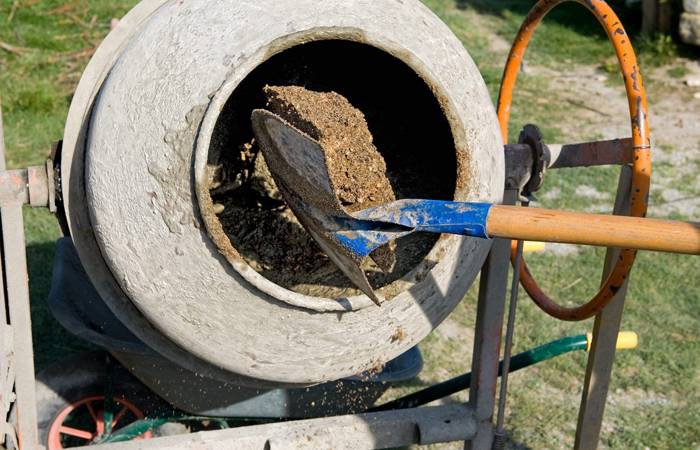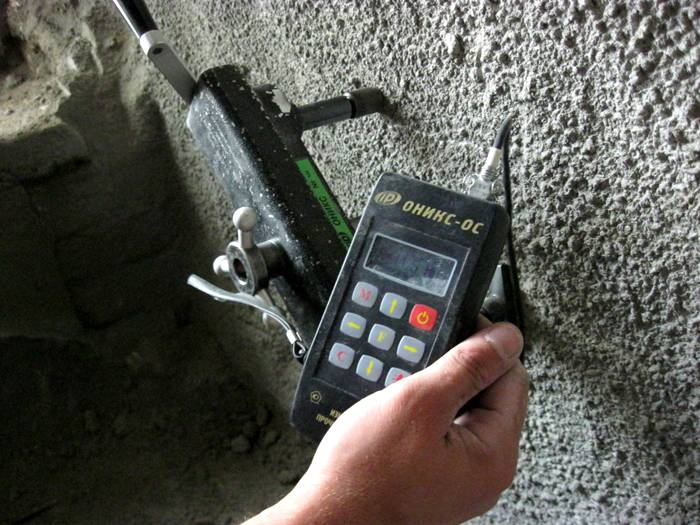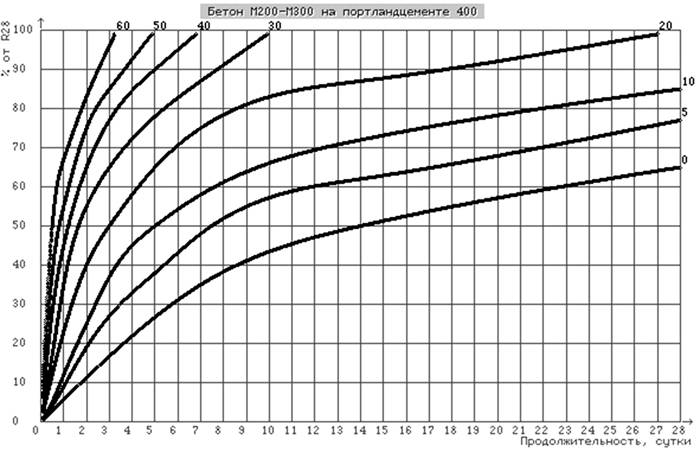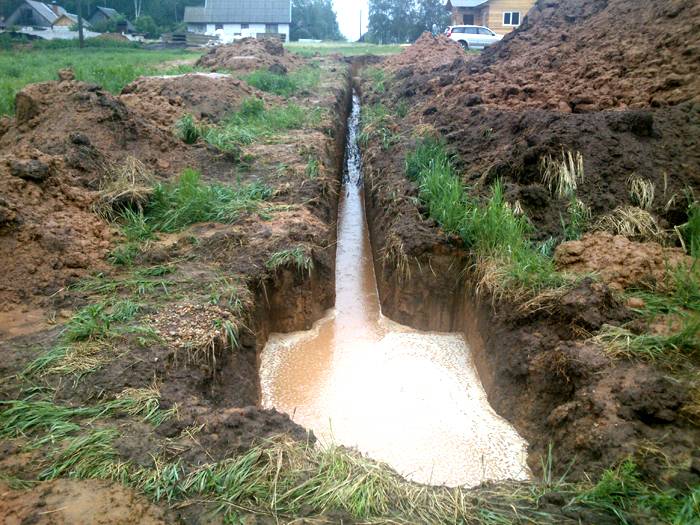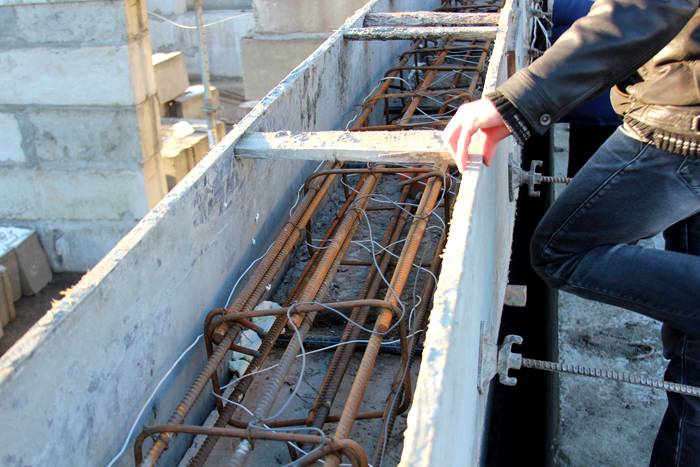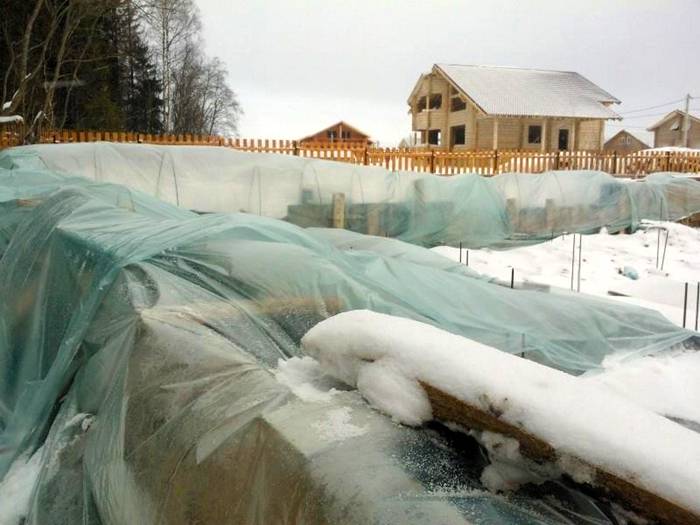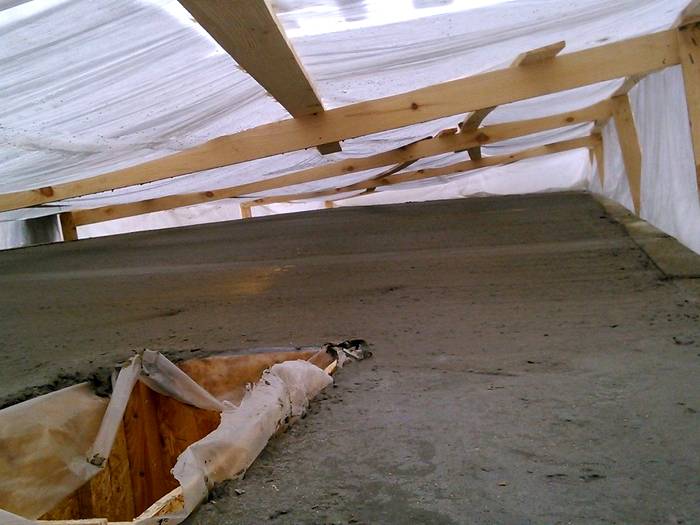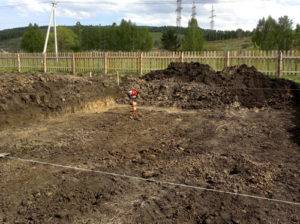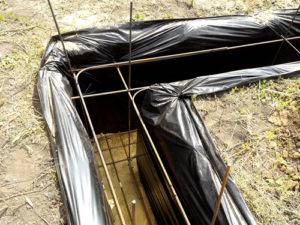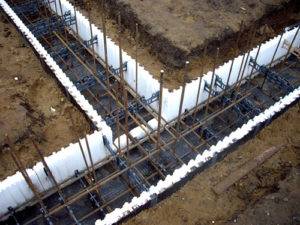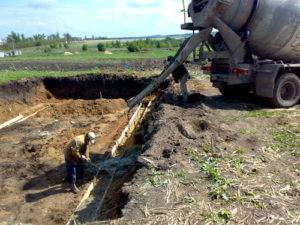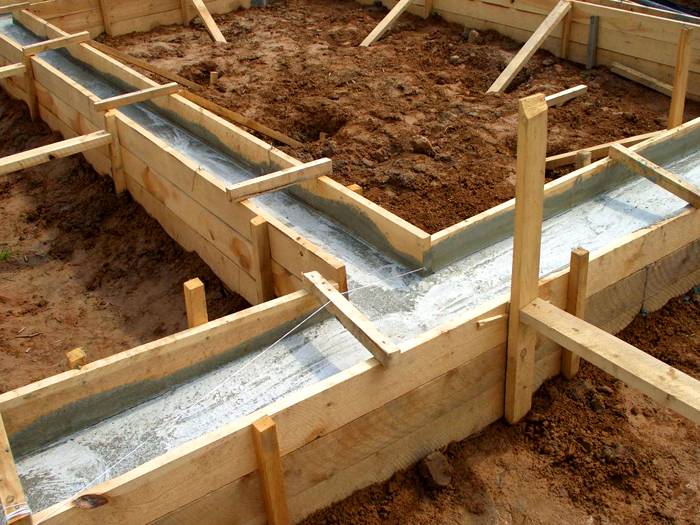Practical advice on the temperature at which concrete can be poured to get a high-quality foundation
The weather in Russia has its own characteristics: rather severe winters and hot summers are characteristic of the middle lane. The strength of the foundation of any house depends on the mixture, laying technology and external factors that affect the pouring process. Therefore, you should know at what temperature concrete can be poured, and whether it can be done in the autumn-winter period. Let's look at all the nuances of this process.
The content of the article
At what temperature can concrete be poured based on its properties
After pouring, the solution goes through two stages: setting and hardening. The first stage takes no more than a day, where the concrete turns from a liquid into a solid. Do not forget that the material does not achieve the required strength.
Then the solidification process begins, which can take different time depending on the moisture content of the mixture, the presence of impurities, air temperature and other factors. The optimal indicator at what temperature concrete can be poured is considered to be the range from +3 to +25 ⁰С. As the heat level rises, the solution hardens faster and the required strength gains.
The grade of the mixture directly affects the curing and strength readings of the finished substrate. The compressive strength index reaches the norm after 28 days with a suitable level of heat and observance of other conditions and pouring technologies.
Another characteristic of the mixture is critical strength, expressed as a percentage of the design strength. It shows the stage of hardening, when the effect of low temperatures does not have a devastating effect on the structure of the solution. This indicator is different in different brands.
Table 1. Strength of different grades of concrete
| Concrete grade | Strength index in% |
|---|---|
| M100, M150 | Not less than 50 |
| M200, 250 and 300 | Not less than 40 |
| M400 and 500 | Not less than 30 |
| For prestressed structures | Not less than 70 |
The solidification rate does not change in a straight line and depends on the outside temperature. It is calculated according to a schedule that is created for different heat indicators. It is worth considering the fluctuations per day and taking into account the minimum temperature indicators. Achievements of indicators above 35 ⁰С heat are achieved by heating.
If the indicator drops to 3 degrees Celsius or less, then the structure of the mixture is disturbed, and cracks that are invisible to the eyes begin to appear, which directly affect the strength of the solution. A complete cessation of hydration occurs at values below 0 ⁰С. The process itself can recover if the temperature rises.
Note! After reaching the critical strength, the low temperature does not affect the concrete.
Foundation pouring rules have their own characteristics at different times of the year. Work on the preparation and pouring of concrete is carried out at any time, even in cold weather.
At what temperature can the foundation be poured in the fall: pouring technology
Based on the properties of the mixture, the question arises at what temperature can the foundation be poured in the fall. Foundation work during this period of the year has advantages and disadvantages. And observing all the nuances of the technology, they achieve high strength and reliability of the finished structure base.
Characteristic features of autumn fill
There are the main external factors affecting the mixture:
- Temperature. Optimal - from 16 to 25 ⁰С. In summer, the temperature can exceed this indicator, having a bad effect on strength. When the temperature drops, the hydration process will be slower. At the same time, in the fall, hardening is slower, but of better quality.
Note! If there is frost and ice forms, then it will destroy the solidifying foundation from the inside. Such situations often happen in October.
- Moisture indicator. Damp and moist soil have a good effect on the hardening process. The mixture dries more slowly and the strength increases. It is not necessary to constantly wet the mixture.
- Precipitation. A large amount of precipitation can wash out cement milk from the solution, which is undesirable.
- Groundwater. This figure may be lower in autumn than in summer, which is especially favorable for swampy areas. If the water level, on the other hand, has risen and filled the mortar trench, then you will have to postpone the pouring until the best weather conditions.
The influence of all these factors is important for obtaining a high-quality foundation for the future home.
Related article:
How to create high-quality concrete mixtures: a table of the proportion of concrete per 1m3. In the article, we will tell you in detail what components are needed and how to mix them correctly in order to get high-quality material.
How to choose the time to fill in the fall
To take advantage of the benefits of autumn fill, you need to thoroughly think over and select the time to start work. Optimal conditions for pouring in early autumn, when the summer heat has passed, but frost has not begun.
Keep in mind that the optimal time to fully achieve the required concrete strength is a month. It is necessary to monitor the absence of frost. In the first two days there should be no rain until the mixture "grabs". It is not difficult to choose a time without precipitation, it is enough to look at the weather forecast and make sure that there is no rain in the coming days, protection from frost significantly increases the cost of the foundation.
How to pour concrete at low temperatures in winter
To carry out the correct pouring of the foundation in winter, many nuances should be taken into account. The main thing is to prevent the solution from freezing. To do this, use several heating options:
- electric heating;
- adding antifreeze to the solution;
- the use of heat guns;
- the use of additional material to cover the concrete.
More often they use anti-freeze or purchase a special composition of concrete that can be used in winter.
If the construction area is impressive, electric heating is installed, which requires special equipment. For private construction, the option of sheltering the material is suitable, where insulation or PVC film is used. The main task is to prevent the solution temperature from dropping below 3 ⁰С.
Answering the question whether it is possible to fill the foundation for the house in winter, we answer - it is possible, but it is worth considering the options for heating or buying a special mixture.
Related article:
DIY strip foundation: step by step instructions. In the article, we will consider the pros and cons of this foundation, the nuances of its correct pouring, as well as what brand of concrete is best to choose in order to get a high-quality structure.
What saves the mixture from freezing
If the foundation is poured in the winter without heating and the use of antifreeze, complete destruction of the base may occur due to freezing, so professional builders do not resort to such methods.
There are some secrets to working with concrete in winter using heating methods:
- During frosts, most often only the top layer freezes, and the array itself remains intact and does not lose its functions.
- The inside of the foundation is saved by the processes that occur during hardening, that is, the chemical reactions between water and cement.
At the same time, in winter, there must still be a sufficient amount of liquid in the solution in order to get a good lasting result.
Filling technology
Regardless of the time of year, there are general rules for pouring the foundation. The work takes place in several stages, at which it is necessary to observe all technological subtleties, taking into account the characteristics of the mixture.
Table 2. Sequence of pouring
After completing all the steps, it is necessary to give the mixture time to dry and achieve the required strength. It is during this period that you should monitor the amount of precipitation and frost. So that you have a clear idea of the strip foundation pouring, watch the video on the topic.
Video: how to fill the foundation in winter
Few recommendations
When planning the construction of a house, think about the correct laying of the foundation. Without a foundation, not a single structure will stand for a long time.
If the moment of work falls on frosty days, it is imperative to use special mixtures or antifreeze, as well as additional insulation. In the fall, pick those moments when there is no frost and rain. In the summer there should be no heat while pouring and drying the mixture.
If you yourself cannot cope with the preparation of the base of the structure, contact the construction companies who will perform all the turnkey work and calculate the most suitable conditions for the construction themselves.




